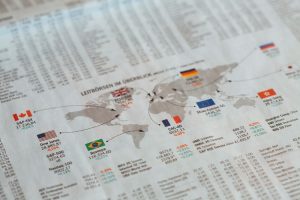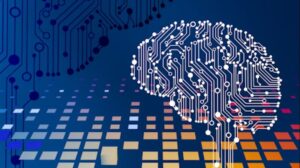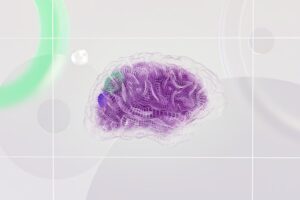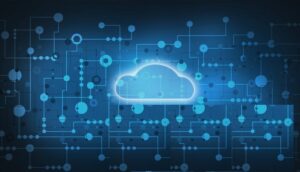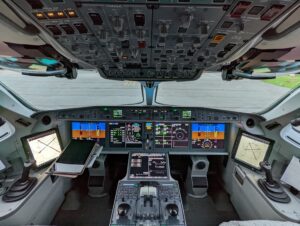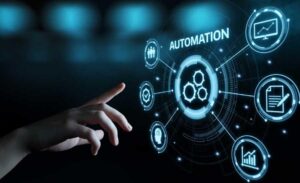Smart cities are a natural next step for the Internet of Things (IoT). These environments — where infrastructure from parking meters to street lights to bus stops are all interconnected — can make urban areas far safer and more convenient. If they’re to have any long-term value, though, they also need to be sustainable.
The IoT and artificial intelligence (AI) are the driving forces behind smart cities. They also happen to hold the potential to ensure connected infrastructure boosts urban sustainability. Here are five ways how.
Optimizing Power Consumption
The most obvious way for AI and IoT to enable sustainable smart cities is to minimize their energy consumption. While connected devices themselves require electricity, they can lower overall power consumption by adjusting electrical systems to real-time conditions.
Smart thermostats — which roughly 13% of households have — are a great example of how this works. These IoT devices monitor energy consumption and temperature in real-time to adjust themselves to use as little power as possible while maintaining ideal conditions. As a result, half of all people who own one say it’s saved them more energy than they expected.
Smart city infrastructure can do the same on a much larger scale. By responding to changing conditions in real-time, connected devices across a town can minimize wasted energy. Consequently, experts predict the IoT will save more than eight times as much power as it consumes by 2030.
“By responding to changing conditions in real-time, connected devices across a town can minimize wasted energy”
Powering Smart Energy Grids
Smart grids are another key innovation contributing to sustainable smart cities. These are electrical grids that use IoT devices and AI to send power throughout an area more efficiently. In turn, they reduce electricity waste while making energy systems more reliable.
Conventional grids supply a constant amount of electricity that flows in and out of specific properties as people turn things on and off. By contrast, a smart grid connects smaller, localized grids to the IoT, then analyzes that data with AI. The AI determines which areas need more or less power at the moment and distributes electricity accordingly, preventing waste.
Smart grids are also crucial for renewable power. Renewables are already the cheapest form of energy in most areas, but they’re difficult to apply on a large scale because they can’t produce power on demand. Because smart grids can adjust how much energy goes where in real-time, surpluses and shortages aren’t as big an issue. Renewables become more viable as a result.
Enabling Cleaner, More Efficient Public Transport
Many smart cities focus on transportation, using the IoT and AI to enable smoother traffic flows and avoid jams. The same technologies can also help transportation, which accounts for 29% of all carbon emissions, become more sustainable.
IoT-connected sensors on traffic lights, road signs and vehicles can provide real-time data on traffic patterns. AI can then analyze this data and reroute some vehicles to ease congestion, letting public transport become more efficient. Citizens could also look at connected bus stops or online portals for up-to-the-second information about where a vehicle is or how long it’ll take to reach them.
When public transport becomes more convenient, more people will use it, leading to fewer vehicle-related emissions. If these public vehicles switch over to zero-emissions alternatives through batteries or fuel cells, they’ll make an even bigger impact.
“When public transport becomes more convenient, more people will use it, leading to fewer vehicle-related emissions”
Ensuring the Security of Smart City Infrastructure
As local governments implement these other smart city applications, cybersecurity will become a bigger concern. More endpoints mean more potential vulnerabilities, so higher security standards are a must. AI can improve IoT security to make capitalizing on smart cities’ other benefits a safer process.
Machine learning models can watch for suspicious activity in smart city networks to contain potential threats as they emerge and alert cybersecurity responders. This monitoring must be autonomous because no human team could reasonably cover thousands of smart city devices simultaneously. Similar AI tools could authenticate over-the-air updates, create backups of critical data or automate repetitive tasks to give human security workers more time.
AI could also automate cybersecurity legal compliance. There are already several federal and state security laws in place, and new ones will likely emerge in the future. AI can ensure all smart city infrastructure meets these changing regulatory standards to prevent any disruptions from legal issues.
Guiding Ongoing Improvements
Some AI and IoT contributions to sustainable smart cities are more long-term. As smart cities add more IoT endpoints, they’ll generate more data on their energy consumption, resource use and other environmental factors. AI can analyze this information to provide actionable insights into how to become more sustainable.
The city of Dublin is a great real-world example. The town’s government used AI to support its goal of increasing cycling trips by 20% by analyzing transport data. The AI suggested infrastructure and policy changes to foster more cycling, providing a roadmap to fewer transportation emissions. That same model measures these changes’ impact to inform further changes.
No solution will ever be 100% effective, so ongoing monitoring and adjustments are essential. IoT provides the necessary data and AI offers the necessary analysis to enable those ongoing changes.
“No solution will ever be 100% effective, so ongoing monitoring and adjustments are essential.”
AI and IoT Pave the Way for Sustainable Smart Cities
Smart cities are the future of the IoT, and they must be sustainable. AI and IoT will prove to be essential tools in moving toward that goal.
While the IoT and AI are just tools — not complete solutions — they’re powerful ones. If cities can implement them effectively, they can revolutionize the future of urban living.


